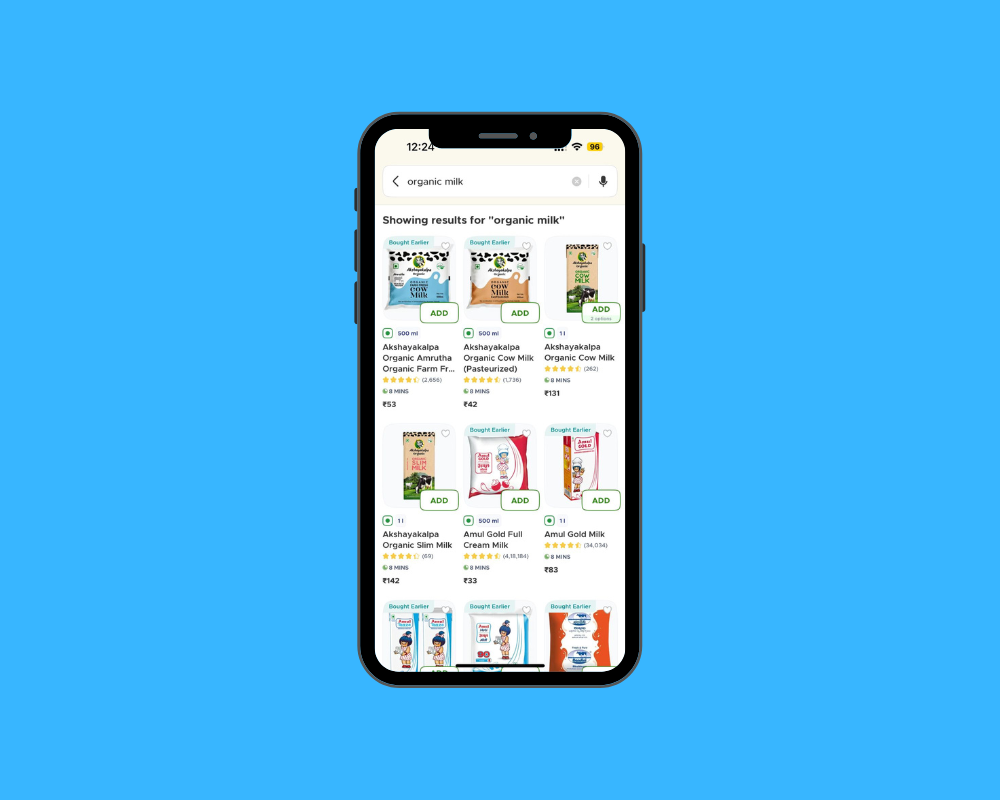In recent years, quick commerce has fundamentally reshaped how brands think about distribution and growth. Unlike traditional retail, where presence is negotiated through long-term trade relationships and offline merchandising muscle, Q-Commerce runs on a dynamic, hyperlocal, real-time model. Products are not guaranteed static shelf space, they must continuously earn visibility, availability, and preference, often varying by city, neighborhood, and individual dark store.
This fluidity opens the door for agile challenger brands, but only those that treat Q-Commerce less as a channel, and more as a performance-driven system. Here’s how they win.
Rethinking Availability: Moving from “Listed” to “Live”
A pervasive misconception among emerging brands is the assumption that platform listing equates to effective market presence. In reality, true availability is demand-weighted and dynamically local.
Most Q-Commerce platforms, Blinkit, Zepto, Instamart, operate via decentralized, micro-fulfillment networks, with each dark store managing inventory autonomously. That means availability is non-linear and hyper-fragmented. A SKU could be technically live but, in reality, absent from a portion of the platform’s addressable demand due to local stockouts, replenishment delays, or inventory misalignment.
Here’s what you should do:
1. Pin-Code Level Fill Rate Diagnostics
Instead of tracking overall store availability, high-performing brands break down performance by pin code and SKU. This enables operations teams to identify high-velocity, low-fill rate zones and preemptively allocate resources across supply chain, distributor push, or marketing support, to correct availability gaps.
Let’s say a performance marketer at a D2C snack brand notices that their best-selling protein cookie is low on stock in key Bangalore pin codes like Indiranagar. Instead of pushing ads that may lead to poor customer experience or missed conversions, they cut back ad spend in those zones, alert supply for a restock, and redirect budget to high-converting, well-stocked areas. This hyperlocal, fill-rate-based decision improves ROAS and boosts platform visibility because in Q-Commerce, smart execution at the pin-code level beats blanket spending every time.
2. SKU Prioritization by Velocity Index
Rather than focusing on broad category coverage, brands assign each SKU a velocity index (units sold per day per store). This allows them to focus on hero SKUs that disproportionately influence revenue contribution and platform visibility algorithms, avoiding dilution of operational efforts across low-performing SKUs.
Algorithmic Shelf: From Presence to Preference
In Q-Commerce, shelf visibility is algorithmically determined based on conversion rates, click-throughs, price competitiveness, and supply consistency. This transforms every SKU into a dynamic test of packaging, pricing, and platform optimization.
For challenger brands without the benefit of large-scale media budgets or long-standing retail presence, performance on the digital shelf is critical. The following strategies help brands secure and retain visibility.
1. Ad Efficiency Over Ad Spend
Instead of competing on sheer ad budgets, successful challenger brands focus on maximizing ad efficiency. This includes identifying high-intent keywords, uncovering underbid regions, and aligning bidding with time-based consumption behaviors. Brands can use this framework to guide real-time decisions, should you pause an expensive low-ROAS campaign or double down on a high-performing but underfunded one? Use this as a diagnostic to reallocate budgets more intelligently.

2. Conversion Rate Optimization (CRO)
Platforms heavily prioritize high-conversion SKUs in their merchandising algorithms. Brands must treat product listings like e-commerce product detail pages, optimizing:
- Pack shots and imagery for clarity and shelf impact
- Offer design using round price points or psychological triggers (e.g., ₹99)
- Promotional messaging and limited-time deals to drive urgency
These insights can be used to design re-engagement campaigns, personalized platform ads, or CRM nudges (where permitted), especially for high-LTV SKUs or frequently consumed products.
Q-Commerce is not a static channel. Shelf space is dynamic, algorithmic, and performance-driven. Every scroll and every search represents a real-time competition for consumer attention. Challenger brands don’t need to outspend incumbents, they need to out-operate them. Brands that understand their presence at a granular level and act on those insights will scale faster and more profitably.
In the end, the real shelf hero in Q-Commerce is not the one with the biggest spend, it’s the one with the sharpest execution.







